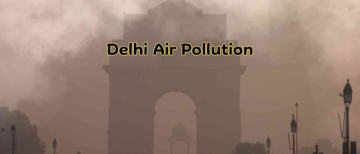There is a heat wave going on in India right now. India has a lot of different scenery and cultures. While April is usually a warm month, these record-breaking high temperatures have left many places thirsty and desperate for relief.

With scientific explanations, effects on different states, and expert advice on how to deal with these extreme weather conditions, this piece goes into great detail about what's causing this scorching event.
April is known for being extremely hot and violent.
This April has been very different from normal in India. Usually, April is a time when the weather gets warmer. The Indian Meteorological Department (IMD) reported that heatwaves hit much of the country in the first 26 days of the month. Several towns, including Bengaluru, Kolkata, and Mumbai, have broken their own records for the hottest days ever.
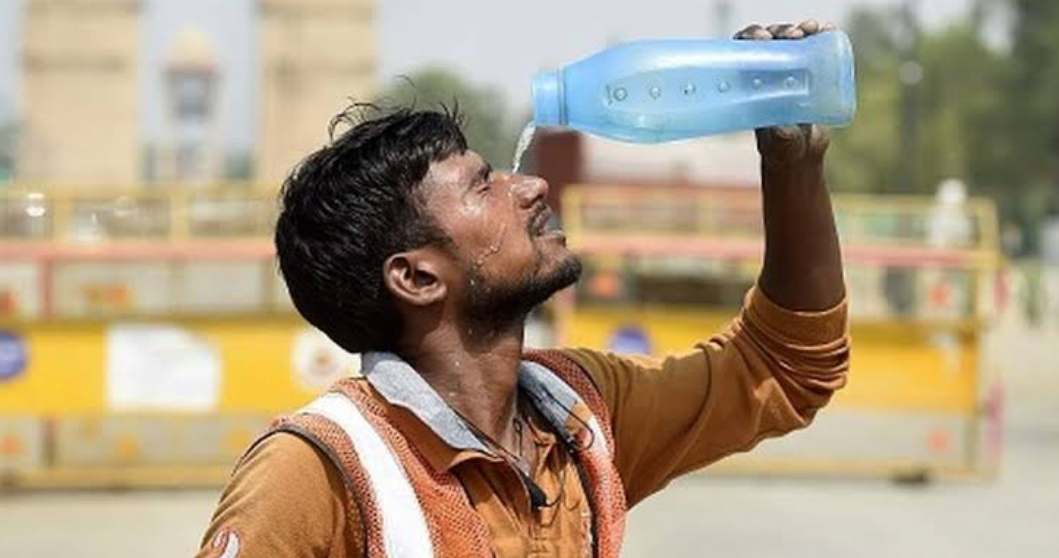
The facts paint a stark picture. The usual high temperature in South India in April was about 37.2 degrees Celsius, making it the second-hottest April day ever. Even worse, the overall mean temperature in eastern and northeastern India was the highest for the month since 1973.
There is no relief from the effects of El Niño and anti-cyclones.
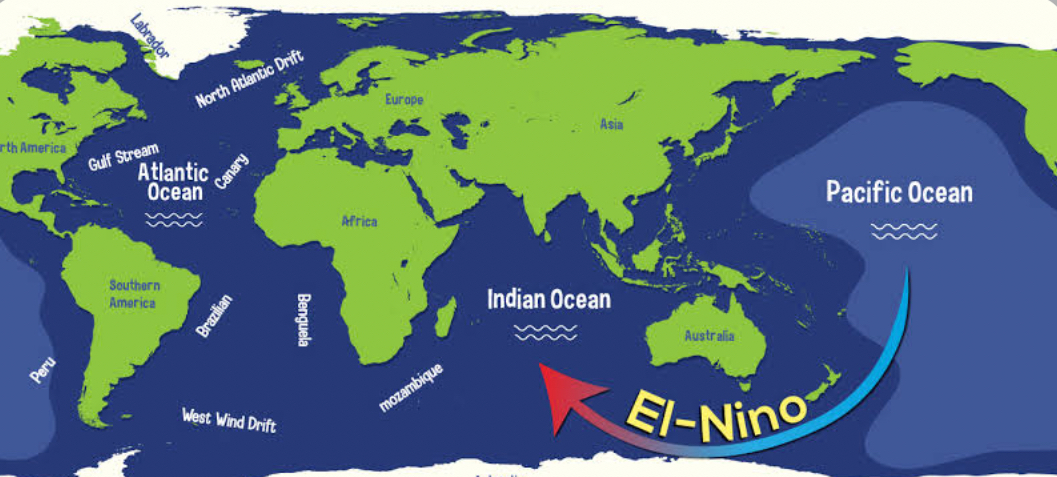
Authorities attribute this high heat to a combination of factors. It's important that El Niño, which warms the Pacific Ocean on a regular basis, is still going strong. Some weather patterns can be thrown off by El Niño. In April, South India and nearby places often have temperatures that are higher than usual.
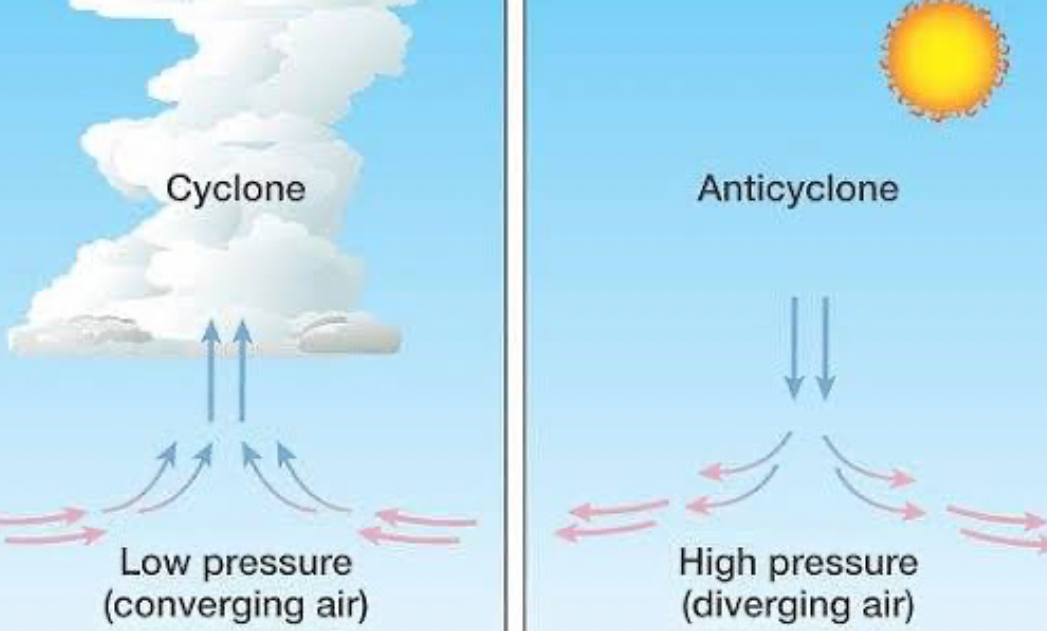
The existence of anticyclonic circulations adds fuel to the fire. The land in eastern India is dry and hot because of an anticyclonic circulation over the central Bay of Bengal. This makes it harder for sea breezes to flow. As a result, states such as Odisha have suffered greatly. It was the longest drought in 10 years.
Another anticyclone over the western Arabian Sea has also been moving hot air towards the western coast, especially the Konkan belt. That's why temperatures went up in the western parts of the country.
States gripped by the heatwave: a nasty truth
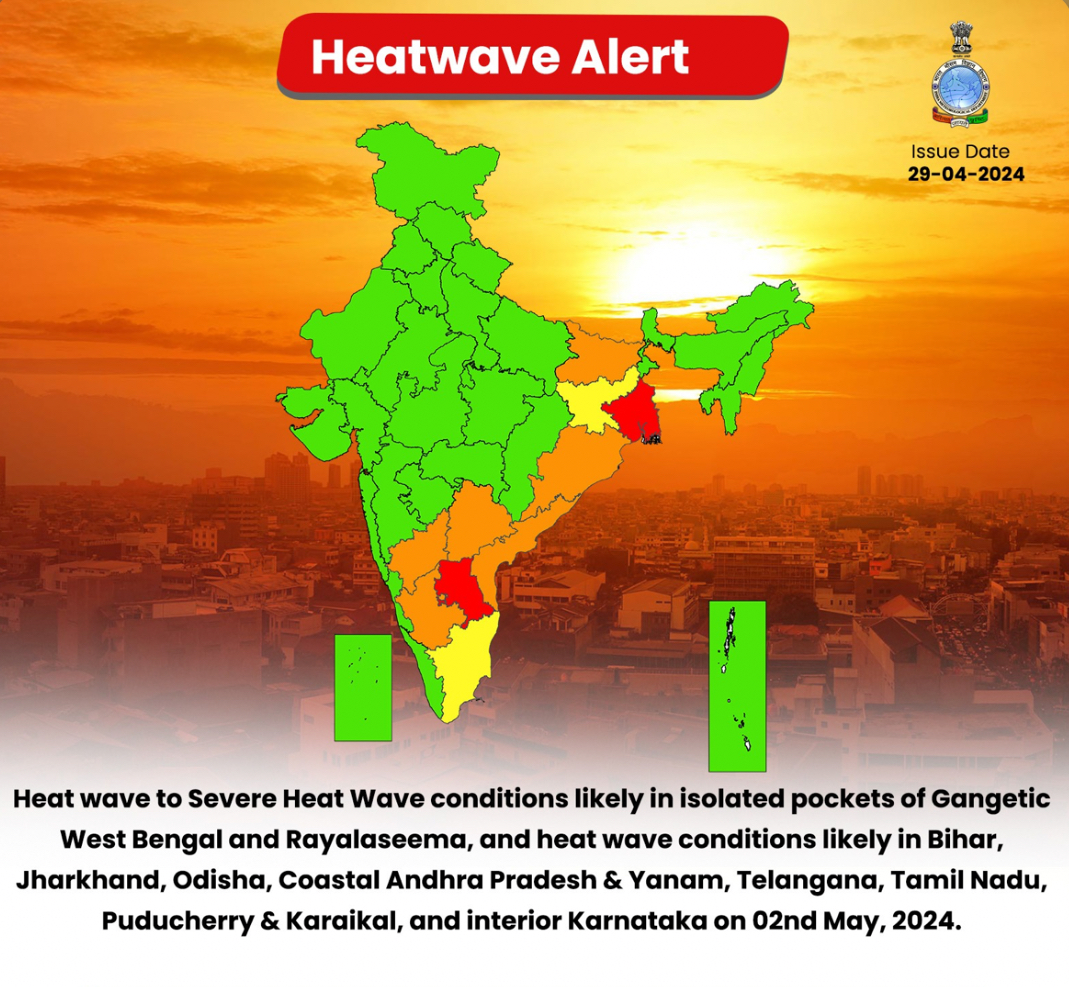
The extreme heat wave has been affecting multiple Indian states for a long time. Here's a closer look at the worst-affected regions:
Odisha: Odisha is an Indian state. Odisha, out of all the places heavily affected by the weather, has experienced 16 days of exceptionally high temperatures. At times, it was warmer than 46 degrees Celsius in places like Baripada and Balasore.
West Bengal: A lot of people have been suffering from high heat in the state, especially in Gangetic West Bengal and sub-Himalayan West Bengal. Kalaikunda had the hottest temperature ever recorded at 47.2 degrees Celsius. When it gets to 43 degrees Celsius, it's very hot in Kolkata, which is the capital of the state.
State of Jharkhand: A terrible storm is hitting Jharkhand, just like it is in Odisha and West Bengal. At an unbelievable 47.1 degrees Celsius, Bahragora had the hottest temperature ever measured.
Bihar and Telangana. Forbesganj, Bihar, recorded temperatures as high as 41.2 degrees Celsius, while Ramgundam, Telangana, reported temperatures as high as 44.4 degrees Celsius.
These are just a few instances, and the heatwave has an effect on many other areas of the nation.
Here are the opinions of experts on how to deal with the harsh truth.
The head of IMD, Mrutyunjay Mohapatra, says that people kind of thought there would be heatwaves since El Niño was still going strong. He stated that the anti-cyclonic wind in the middle Bay of Bengal is likely the cause of the current strong heat in eastern India.
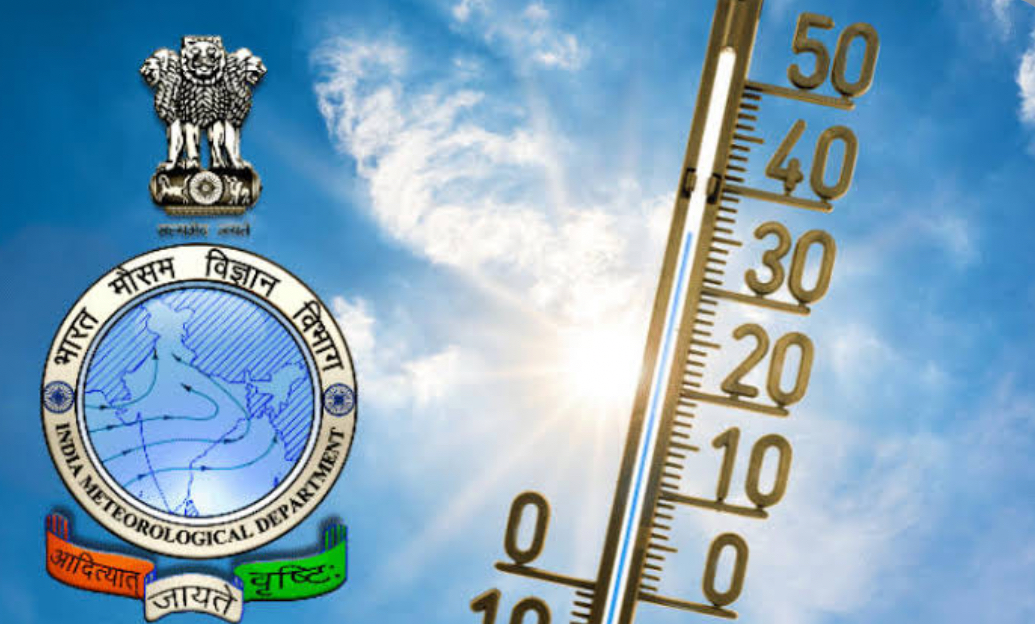
Experts say that the best ways to stay cool inside during the hottest parts of the day are to wear light-coloured, open clothes and drink a lot of water. Being cautious is one way to avoid getting too hot. Another option is to see a doctor if you start to feel too hot.
A significant challenge lies ahead of the heat.
People's health is at risk because of the extreme weather, which also threatens water security and crop production. Dry spells and crop failures can occur when it is very hot and doesn't rain. This can affect food security. Higher temperatures can cause more water to evaporate, which puts pressure on water supplies.
Next steps: lessening the effects
When this weather hits, here are some important things to keep in mind:
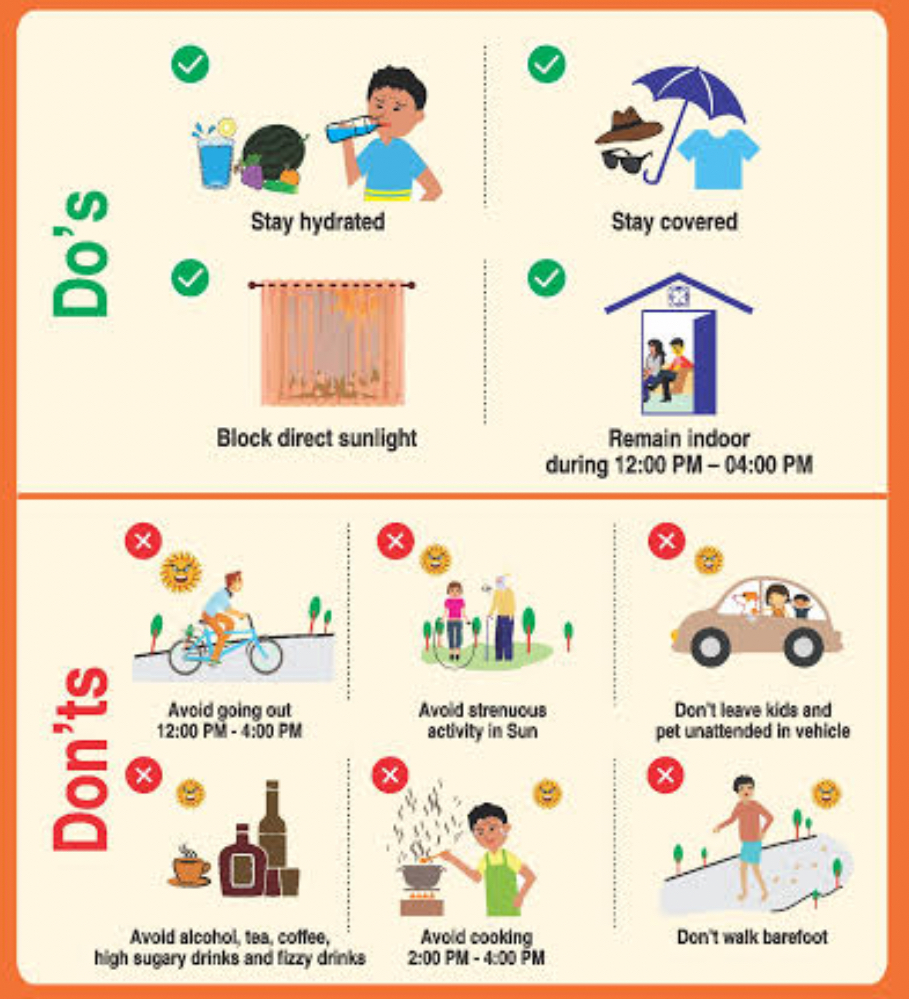
Make sure you drink enough : water and cool beverages, such as coconut water, to prevent dehydration.
Keep yourself out of the sun. It's best not to go outside between 10 a.m. and 4 p.m. when the sun is straight overhead.
Dress in clothes that protect you. While you're outside, wear clothes that are loose, light-coloured, and flexible.
Try to find shade and cool air. The best places to stay are those that are cool and have good airflow.
Watch out for those who are weak. Pay attention to senior family members and neighbours who might be having a hard time with the heat.
It's time to act.
In India, the record-breaking heatwave is a stark warning of how important it is to act quickly to stop climate change. We need to take important steps to become more resilient in the face of a warming world. These include using sustainable practices, lowering greenhouse gas emissions, and investing in ways to reduce heat.
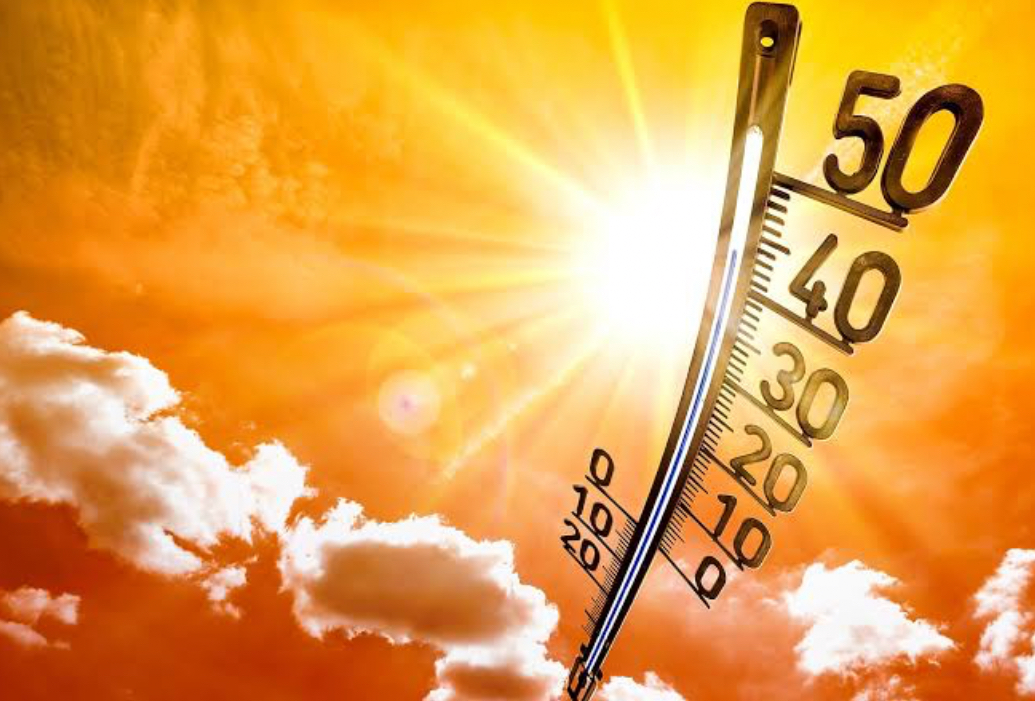
Getting rid of the effects of the current heatwave is the most important thing right now, but this event also calls for long-term planning and adaptation tactics. India can work to make the country cooler and more comfortable by learning about the reasons and effects of extreme weather.
Image Source: Multiple Agencies
© Copyright 2024. All Rights Reserved Powered by Vygr Media.











